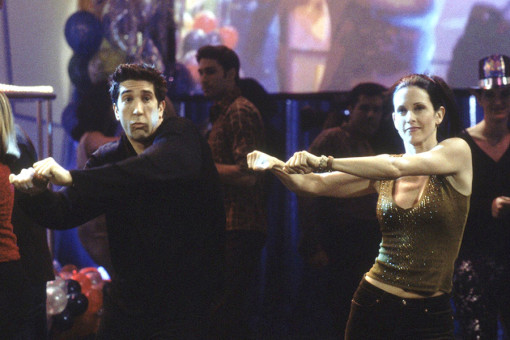It’s taken a quarter century, but John Singleton is returning to his roots.
The director who exploded onto the scene in 1991 with his electrifying cinematic debut, Boyz n the Hood, revisits his hometown for the FX series Snowfall, premiering July 5.
In Boyz, Singleton told a deeply affecting story about the ravages of crack and cheap cocaine on South Los Angeles. Twenty-four at the time, he became the youngest person — and the first African-American — to be Oscar-nominated as best director.
In Snowfall, he is going back to 1983, when the epidemic began. The show looks at the influx of cocaine from several viewpoints, including that of a street dealer who switches from moving marijuana to coke, a Mexican wrestler caught in a power struggle within a crime family and a CIA agent whose rogue operation brings drugs into the city.
“It’s definitely going back to my roots, not just culture-wise, but back to South Central, while also expanding the horizon to East L.A. and the San Fernando Valley,” says Singleton, who co-created the show with Eric Amadio and Dave Andron (all three are executive producers along with Thomas Schlamme, Michael London and Trevor Engelson; Andron is the showrunner).
“I have always wanted to do this. We’ve heard the Miami part of the story over and over again, with movies like Scarface and Blow. But we’ve never heard about the L.A. pipeline — how cheap cocaine was introduced to the city and affected three generations.”
Singleton cowrote the pilot, oversaw the writing of the 10-episode first season and directed the finale. While he has recently begun directing episodic television — including Empire, Billions and American Crime Story — being involved in a series from start to finish was eye-opening.
“I’ve heard that the difference between movies and TV is that one is a sprint and the other is a marathon, and they’re right,” he says. “But it’s fun to work with so many talented people, all of whom have great ideas on how to make the story better.”
The series pays strong attention to period detail, making use of the era’s music and fashion, particularly the burgeoning rap and club scene. Singleton takes pride in the show’s natural and organic look, as well as having shot in neighborhoods where film and TV crews rarely tread.
“We’re working in parts of Los Angeles where no one else can really go,” says Singleton, who has an office on Crenshaw Boulevard, in the heart of South L.A. “We can only go there because I’m doing it. I have the street cred to make it happen. On top of that, we’re getting people on TV who have never been on before. There’s nothing insular here. There’s an opportunity to tell stories that aren’t being told anywhere else.”
The show focuses its first season on the introduction of cheap cocaine into South L.A. Should there be a second season, it would explore the move from cocaine to crack and the havoc it wreaked. As the show’s title suggests, in Singleton’s words, “There’s a storm coming.”
Singleton believes that the series could easily run for at least four or five seasons — and he plans to be a part of it. “There are so many stories to tell. It’s a huge, expansive story that can go on for years,” he says. “This is my baby. I co-created it, so I’ll be with it as long as it lasts.”
This article originally appeared in emmy magazine, Issue No. 6, 2017












